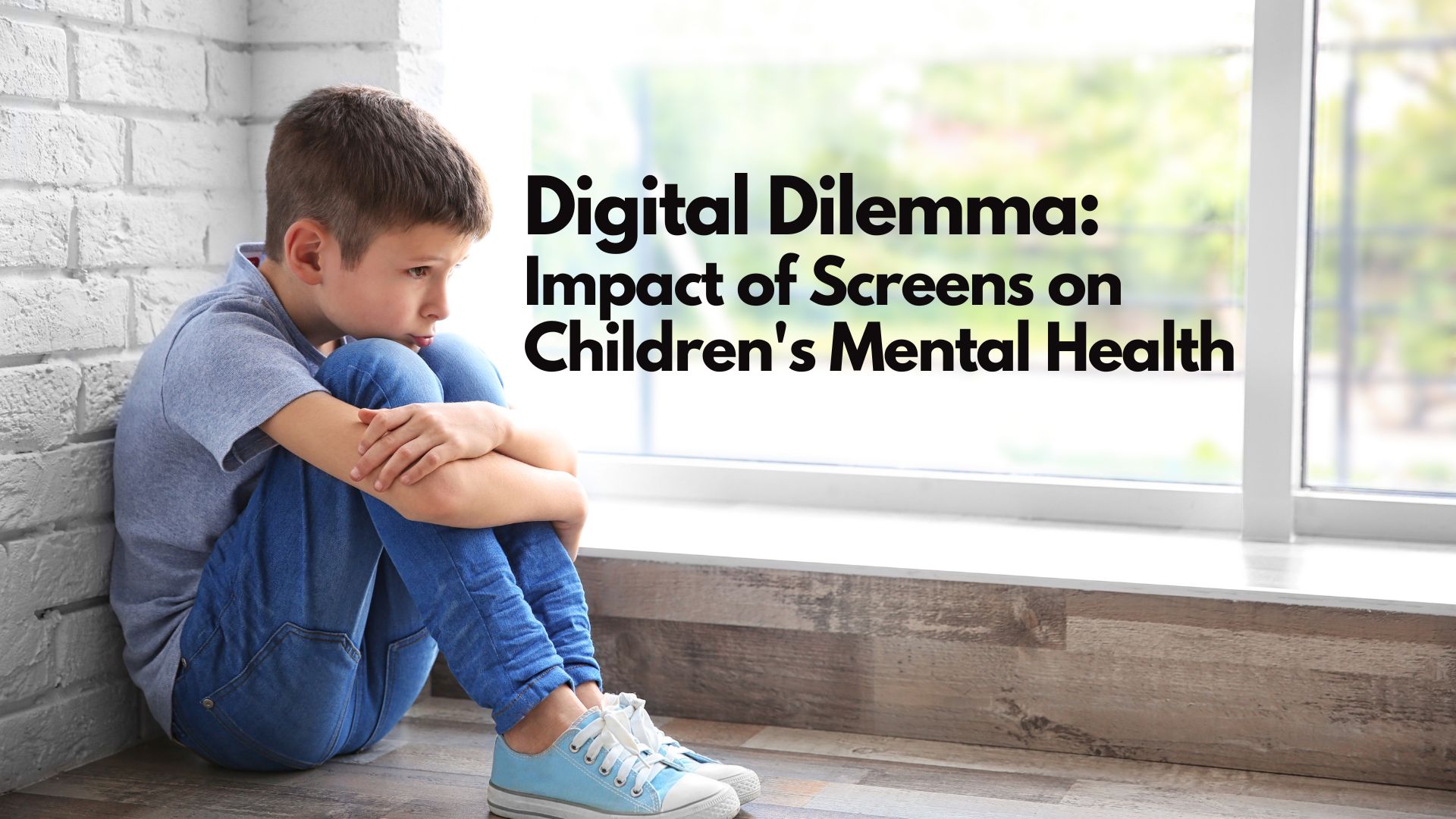Did you know that the average child spends over 7 hours on screens each day? This May, as we mark Mental Health Awareness Month, it’s a great opportunity to reflect on the integral role that digital devices play in our children’s lives. Whether it's for learning, playing, or socializing, screens are ever-present. But as screen time increases, so does our concern for its effects on the mental health of our young ones.
The reality is stark: children are spending more time than ever before glued to screens, and the implications of this are not yet fully understood. However, what is clear is that prolonged screen time can affect everything from sleep patterns and attention spans to emotional stability and social skills.
This blog aims to shed light on these issues, offering insights and practical tips on how to manage and mitigate the impact of screen time. We will explore how screens influence children’s psychological and social behaviors and how we can promote a healthier, more balanced approach.
Our commitment is to support you in navigating this challenging digital landscape with your child’s best interests at heart. Join us as we delve into effective strategies that foster safer screen use and stronger, happier children.
Understanding Screen Time
Screen time includes the use of any electronic screens, including TVs, computers, tablets, and smartphones. Whether it’s watching a show, scrolling through social media, playing video games, or completing school assignments, these activities all contribute to the total screen time your child accumulates throughout the day.
-
What Counts as Screen Time?
-
Television: Watching TV shows, movies, or streaming other video content.
-
Computers and Tablets: Using these devices for both educational purposes, such as homework, and for leisure, such as gaming or browsing the internet.
-
Smartphones: Time spent texting, playing games, using apps, or scrolling through social media.
-
-
Current Trends in Screen Time Among Children and Teens
Statistics show that children's screen time has been on the rise, especially with the increased availability of portable digital devices:







